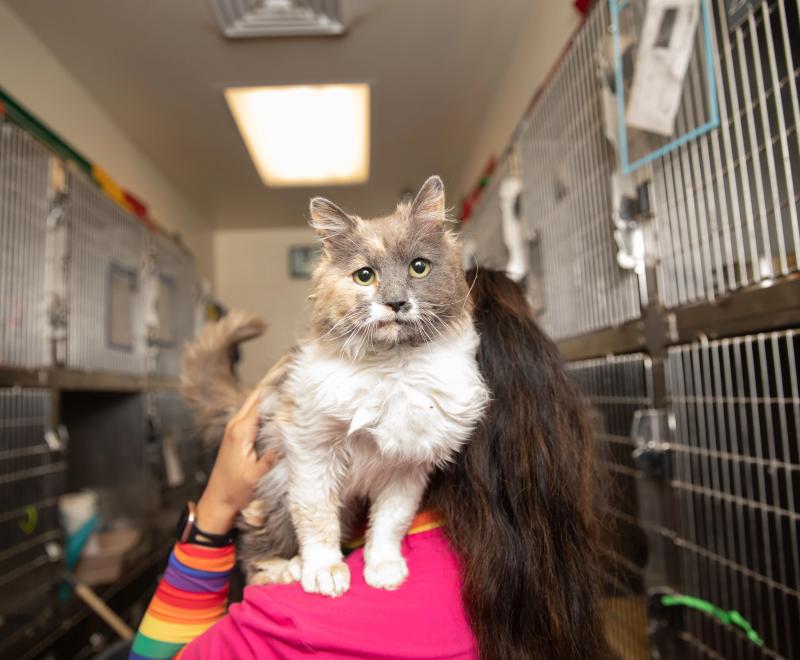Animal shelters are partnering with a purpose
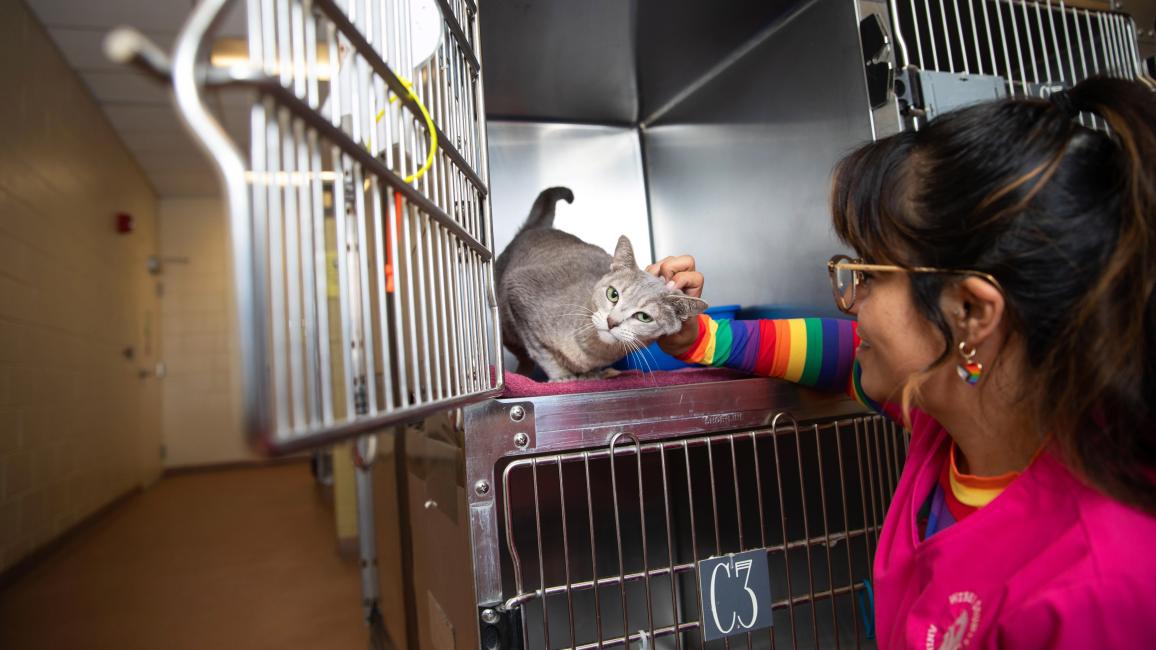
Timing, as they say, is everything. In the world of animal sheltering, timing can mean the difference between life and death. That certainly was the case for Prince, a bouncy, speckled brown-and-white pit bull terrier who entered a shelter in Abilene, Texas, as a stray in May 2022. Sadly, a dog with Prince’s looks and overly exuberant temperament typically didn’t find a home quickly, if at all, at this shelter. Despite becoming a staff favorite, Prince was soon added to the shelter’s urgent list, meaning he was at great risk of being killed.
Luckily for Prince, though, his timing could not have been better. A Best Friends Network Partner, All Kind Animal Initiative (AKAI), had recently formed with the goal of improving the shelter’s save rate, and Prince was exactly the kind of dog they were determined to save.
“We knew much more could be done for the animals in our community,” says Andrea Robison, AKAI’s founder and board president. “It took some time, but by December 2022 Prince was finally part of a family.”
Prince’s story had beneficial impacts beyond being a happy outcome for a single dog. “It's so hard to work in a municipal shelter,” Andrea says. “The staff had learned to shut down their feelings because it wasn’t safe to care about animals who were likely to die. Now they know we will invest in every individual, and that has changed how they think about the animals in their care. By tapping into the Best Friends Network resources, things are possible that were not possible before.”
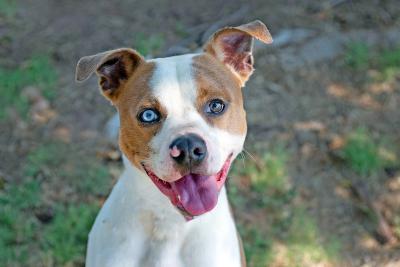
Collaborating for change
This magazine regularly highlights the work of Best Friends’ 4,300-plus network partners, which include shelters, rescue groups, spay/neuter clinics, and transport organizations. These partners are large and small private nonprofits and municipal government agencies. Some are brand-new 501(c)3 rescue groups, and some are massive county shelter systems that have existed for decades. They labor every day in the face of seemingly insurmountable challenges, and their collaborative groundbreaking work is leading the country to no-kill by 2025.
“Early on, we recognized that no single organization could make no-kill happen alone,” says chief mission officer Holly Sizemore. “We built the concept of the Best Friends Network more than a decade ago around the philosophy that we can Save Them All if we work together. The network exists to give organizations the tools to save more animals more efficiently, and partners have access to a wealth of professional resources and insight from our staff — from individuals working directly with animals, to the development team raising funds, to the experts creating playbooks on implementing new practices. Being a network partner can help new organizations start off strong and assist giant municipal shelters in overcoming long-standing hurdles.”
[Matchmaking, animal shelter style]
One sizable municipal organization that has benefited from being a network partner is Oklahoma City (OKC) Animal Welfare, a shelter that accepts 19,000 animals annually. OKC Animal Welfare has been an active, engaged network partner since 2017. Recently, the staff reached out for assistance with navigating an outbreak of distemper, a potentially fatal canine disease.
“Best Friends gave us policy and procedure templates and a media release template to communicate why we were temporarily curbing intake,” says animal welfare superintendent Jonathan Gary. “We were able to close the shelter faster and get community support, which saved lives by keeping new animals from coming in and being exposed to distemper.”
A network partner for more than five years, OKC Animal Welfare knows to expect that kind of speedy response. “Everyone is so busy these days, but Best Friends always has someone available to help,” Jonathan says. “It’s the support and access to all kinds of experts that has been probably the best thing about being a network partner.”
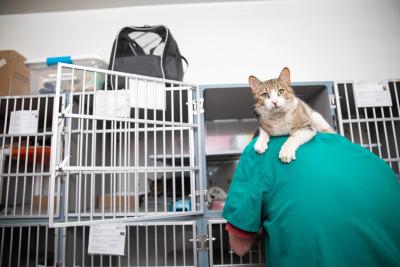
The new network
The network has its roots in the animal help hotline that Best Friends operated from its first days in the 1980s — a service available to anyone, whether the issue involved one animal or hundreds. The reality, however, was that there was a national crisis, with countless animals killed in shelters across the country every day. We needed to find ways to help more animals.
So we sharpened our focus and built a network to share resources, offer grant funding, and give groups access to support like one-on-one consultations with our expert staff. The network is also a place where partners can come together to learn how others solve common problems or collaborate on solutions.
Now it’s time for the next stage of the Best Friends Network’s evolution. “This is a difficult time for animal welfare organizations, with greater demands on their limited time than ever before,” says Whitney Bollinger, director of strategy and network operations. “Additionally, each network partner is at a different stage of the journey to no-kill, with their own set of unique issues. The next phase of the network will leverage data in new and exciting ways to connect each partner with resources tailored to solve their particular set of challenges.”
Best Friends has been compiling shelter data since 2016 into a national picture of the state of animal welfare from year to year. Our latest technological innovation, the Shelter Pet Data Alliance (SPDA), takes data collection even further to benefit our partners and the no-kill movement as a whole.
[Best Friends’ 2022 dataset points to no-kill progress]
“SPDA will help us collect data from organizations’ shelter management systems and directly from shelters and rescue groups, which will save a lot of time for our partners,” says Kasey Spain, SPDA product growth manager. “It’s not just that we are getting a level of detail we have not previously gotten. We will be getting it nearly in real time, so we can see precisely what each organization needs to save more lives in their community. It’s a level of customization for our partners that wasn’t possible until now. As we continue to release new features, we will use those insights to develop unique lifesaving strategies and compile tailor-made resources for each shelter.”
“Best Friends has a loud collective voice and a lot of visibility,” says Laura Donahue, senior director of legislation and advocacy. “The network is a way for us to flex our muscles on behalf of communities, organizations, and animals across the country. SPDA will be our greatest tool to strengthen the network. It will identify more opportunities for shelters to help one another through peer-to-peer mentoring and open new channels to co-solve the industry’s most daunting challenges.”
As the network evolves into its next phase, it will also continue to be the way Best Friends advocates for and supports individual communities. “Every interaction we have with our partners is a connection point,” says Brent Toellner, senior director of lifesaving programs, “and not just with the organizations. Each connection point is a direct relationship between Best Friends and the people our partners serve. By helping shelters to be as strong as they can be, communities become as strong as they can be.”
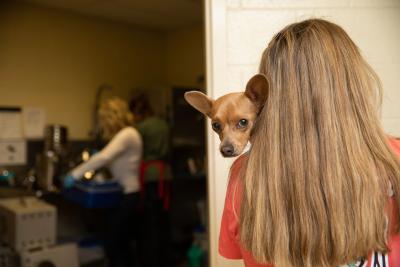
‘We’re not alone’
For a fledgling organization like All Kind Animal Initiative (which took over the Abilene shelter contract in January 2023), being a network partner has shaped its work from the moment it incorporated — a moment that also seemed fortuitously timed for Prince since his arrival at the facility coincided with a new commitment to lifesaving. Best Friends was wrapping up a shelter embed project at the Abilene city shelter when AKAI became a nonprofit, and the brand-new organization inherited a van that has allowed transport of numerous animals to other groups, as well as transporting some in.
"We have increased our cat lifesaving by so much that we regularly have room to take in cats from other shelters,” Andrea says. “It just feels awesome. We’ve always been so dependent on others, and now we can pay it back.”
She adds, “We’ve grown so fast, and we credit much of that to being a Best Friends Network Partner because we didn’t have to start from scratch. Being a partner gives groups permission to dream as big as they want because there is a nationwide infrastructure ready to support them in their goals. Whatever vision they have, wherever they see huge obstacles, plugging into the network gives partners permission to say, ‘We’re going to get through this because we’re not alone.’”
